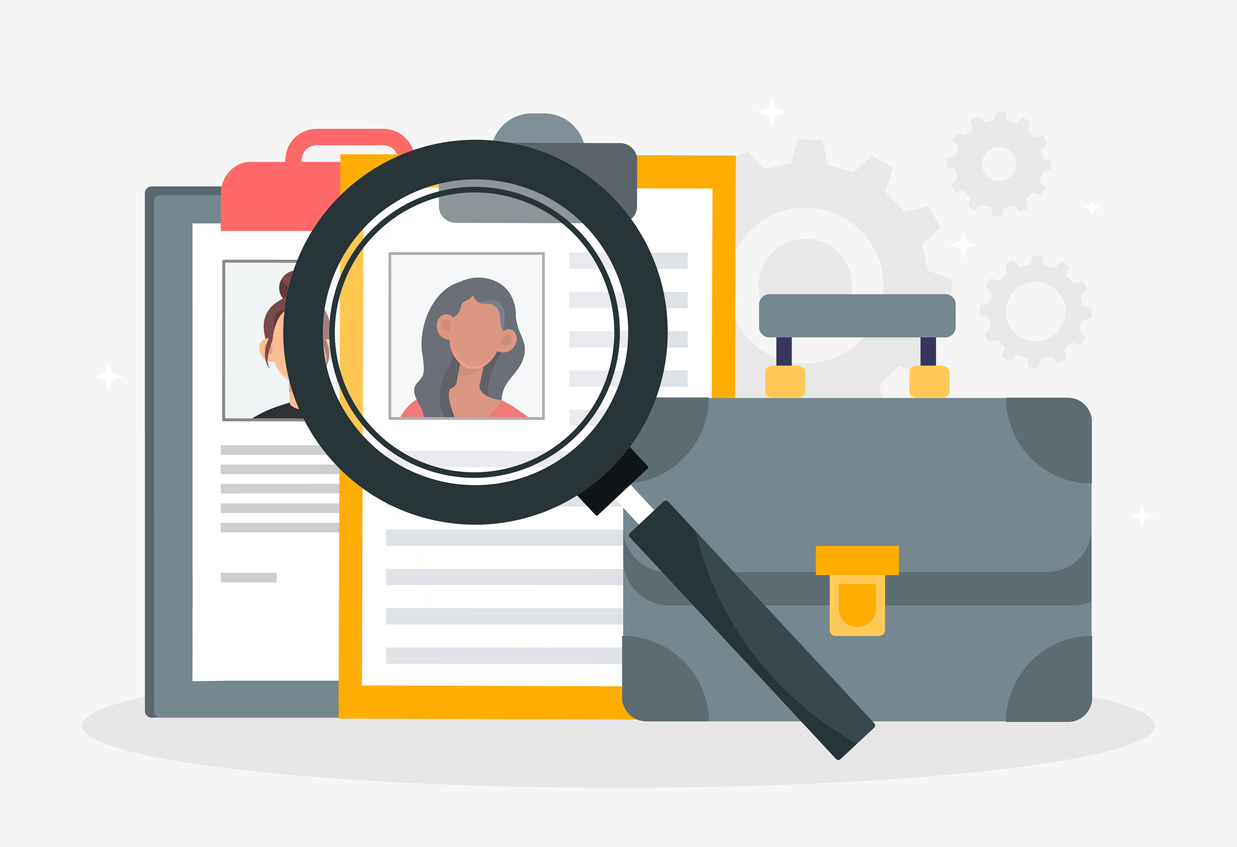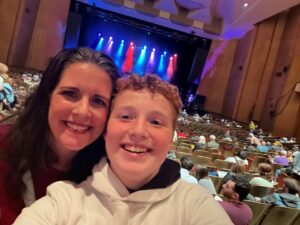Creating employee personas can improve internal communication. Here’s how.
Communicators can use these profiles to better personalize and tailor company initiatives that best suit each employee cohort.

Fifteen months in, The Great Resignation is still going strong. A massive reassessment of life priorities during the pandemic, coupled with new technologies — including remote work and hiring platforms — means that skilled workers are now less perceived as employees and more as customers.
For communications professionals these days, it’s all about retention. Few tools at our disposal have proven more effective than the employee persona. Creating highly specific virtual cohorts helps companies better understand their workforce, leading to added efficiency, lower turnover and, of course, higher retention.
As with any hot new buzzphrase, a lot of effort has been expended defining exactly what an employee persona is and how it differs from a stereotype. According to Forbes, “Employee personas are models that represent different groups of employees. Like customer personas, they synthesize data and insights from multiple data sources and incorporate multiple variables to create rich profiles of segments of people that describe their needs, values, behaviors, etc.” Well said.
Nevertheless, as the term “persona” suggests, it’s not just about the individual. Job satisfaction is key to any employee retention effort, and 74% of employees in the US believe that company culture is one of the biggest contributing factors to job satisfaction. Or, as the CEO of independent work giant MBO Partners recently told a Gallup podcast, the main reason that employees don’t quit is because they don’t want to let down their friends.
In many ways, the rise of employee personas has created a renewed focus on empathy. Leading with empathy is a groundbreaking tool and trend in internal communication. It is a great way to attract brand new talent, especially when recruiting younger generations like Gen Z.
Creating personas entails segmenting all employees — their characteristics, attitudes, wants, and needs. Communicators can use these profiles to better personalize and tailor company initiatives that best suit each employee cohort.

Chan Desai, Publicist, Otter PR
Once employees have been segmented into their respective groups, leaders are then able to more clearly understand their individual needs and wants in the workplace through empathy mapping. Empathy maps help leaders understand who they are empathizing with, that person’s pain points and needs, as well as what they — as a leader — need to do or say in order to help employees ultimately achieve their goals.
Showing your employees that you care about them by implementing persona-specific initiatives that cater to their growth can significantly increase workplace efficiency and ensure effective internal communication practices.
With the increasing use of personas comes an acknowledgment that employer/employee roles have shifted dramatically since 2019. Customer personas, for instance, help companies understand how to better serve their customers by demographic group. Employee personas are similar, but more involved — which makes sense, since workers in today’s world can shop for a job as easily as shopping for a new outfit or phone.
How you go about this varies. Some companies go for deep dives while others deploy innovative techniques, such as “stay interviews,” where employees give their reasons why they have yet to join the throngs of peers in The Great Resignation.
Developing employee personas can also help companies understand how to better internal communications. By understanding employees’ needs, leaders are able to put them first and answer crucial questions through empathy mapping.
Everything done within the organization can be re-focused in the most productive way possible, leading to a workplace culture that is highly satisfactory and granular. Indeed, personas are key to creating perhaps the most important new tool in HR: journey maps, which are the new career paths.
Internal communication practices, such as developing personas, can aid in shaping an employee’s journey in their respective organization. Executive and management teams can begin developing and understanding employee personas to find the right ways to engage employees. Job satisfaction and security are both crucial for high retention and low turnover rates, and developing personas play a key role in improving these factors of the workplace.
In short, personas help organizations and leadership understand their employees, promoting efficiency and effectiveness as a result, while also helping organizational leaders understand the most correct ways in how they should lead with empathy. Simply telling employees you hear them is not enough; the new generation of workers requires action as we’ve seen throughout the Great Resignation, and personas cater directly to this.
Creating employee personas should not be about what divides people, but what brings them together. There’s a lot of communities out there these days, both virtual and real. Successful organizations will learn where the two intersect in order to serve their greatest asset — their people.
Chan Desai is a publicist with Otter PR in St. Petersburg, Florida.






